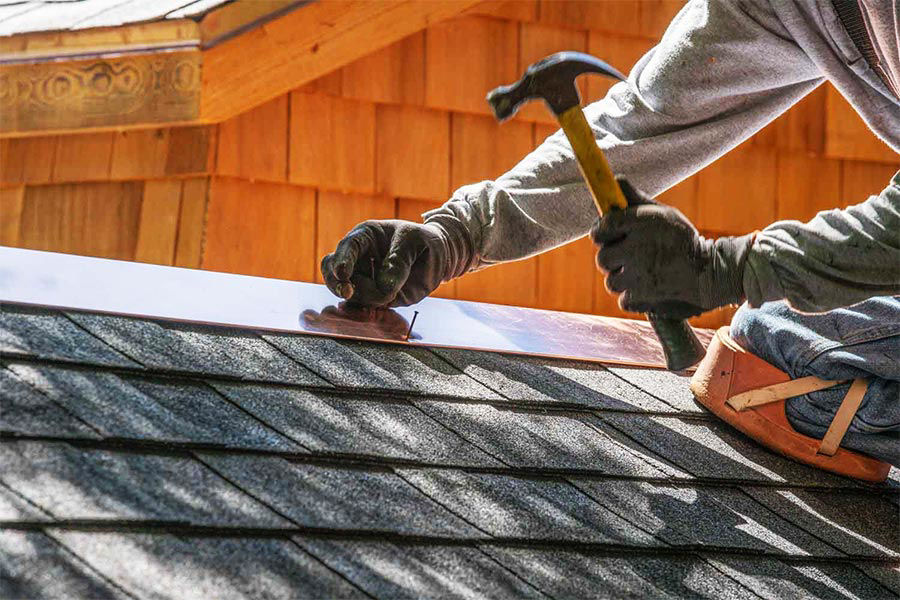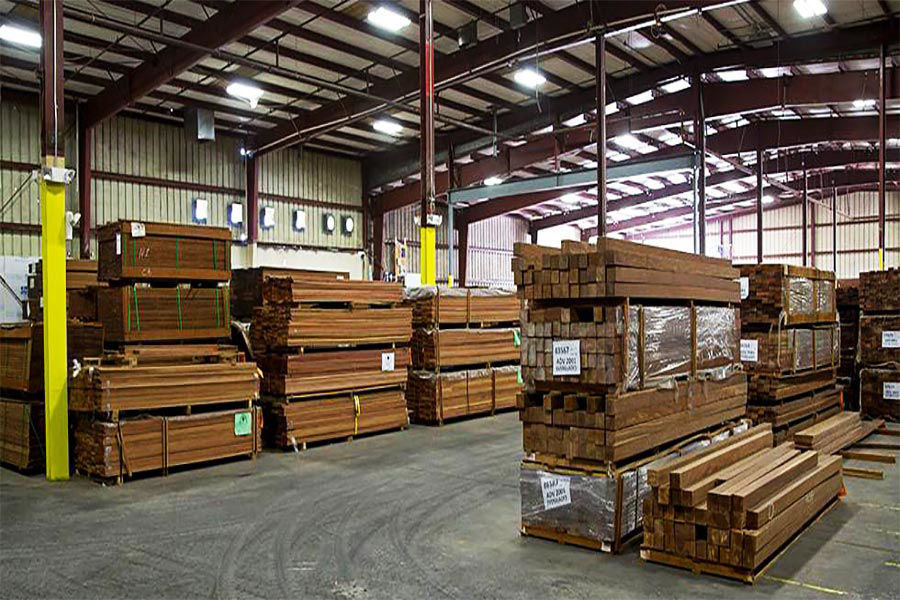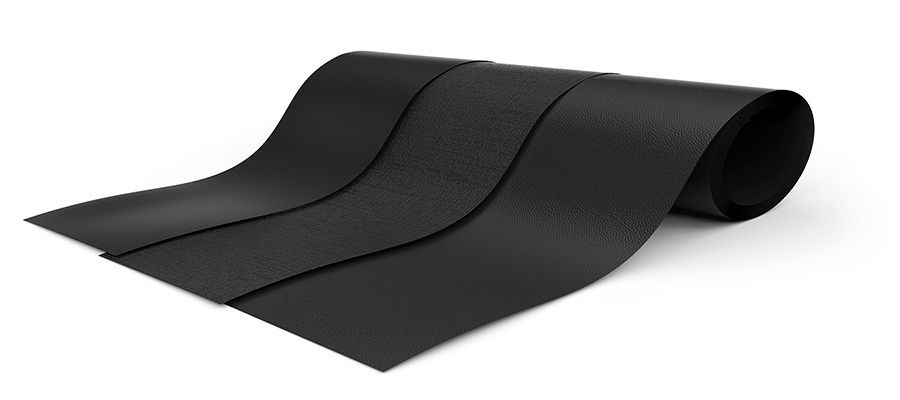28 Jun 2020
Get the Job Done with Correct Fastener- Nails
Common Nails: Used for most medium to heavy construction work, this type of nail has a thick head and can be driven into tough materials. Common nails are made from wire and cut to the proper length and are available in sizes 2d through 60d ( Penny size, almost always referred to as "d".) Box Nails: Lighter and smaller in diameter than common nails, box nails are designed for light construction and household use. Finishing Nails: Finishing nails are lighter than common nails and have a small head. They are often used for installing paneling and trim where you do not want the nail head to show. Roofing Nails: Usually galvanized, roofing nails have a much larger head than common nails. This helps to prevent damage to asphalt shingles. Drywall Nails: Nails made for drywall installation are often ringed and have an indented head. Annular-ring nails have sharp ridges all along the nail shaft, providing greater holding power. Masonry Nails: There are three types of masonry nails designed for use with concrete and concrete block: round, square, and fluted. Masonry nails should not be used where high strength is required. Fastening to brick, stone, or reinforced concrete should be made with screws or lag bolts. Tacks: Available in both round and cut forms, tacks are used to hold carpet or fabric to wood. Upholstery tacks have decorative heads. Corrugated Fasteners: Corrugated fasteners, also called wiggly nails, are used for light-duty joints where strength is not important. The fasteners are set at right angles to the joint.







